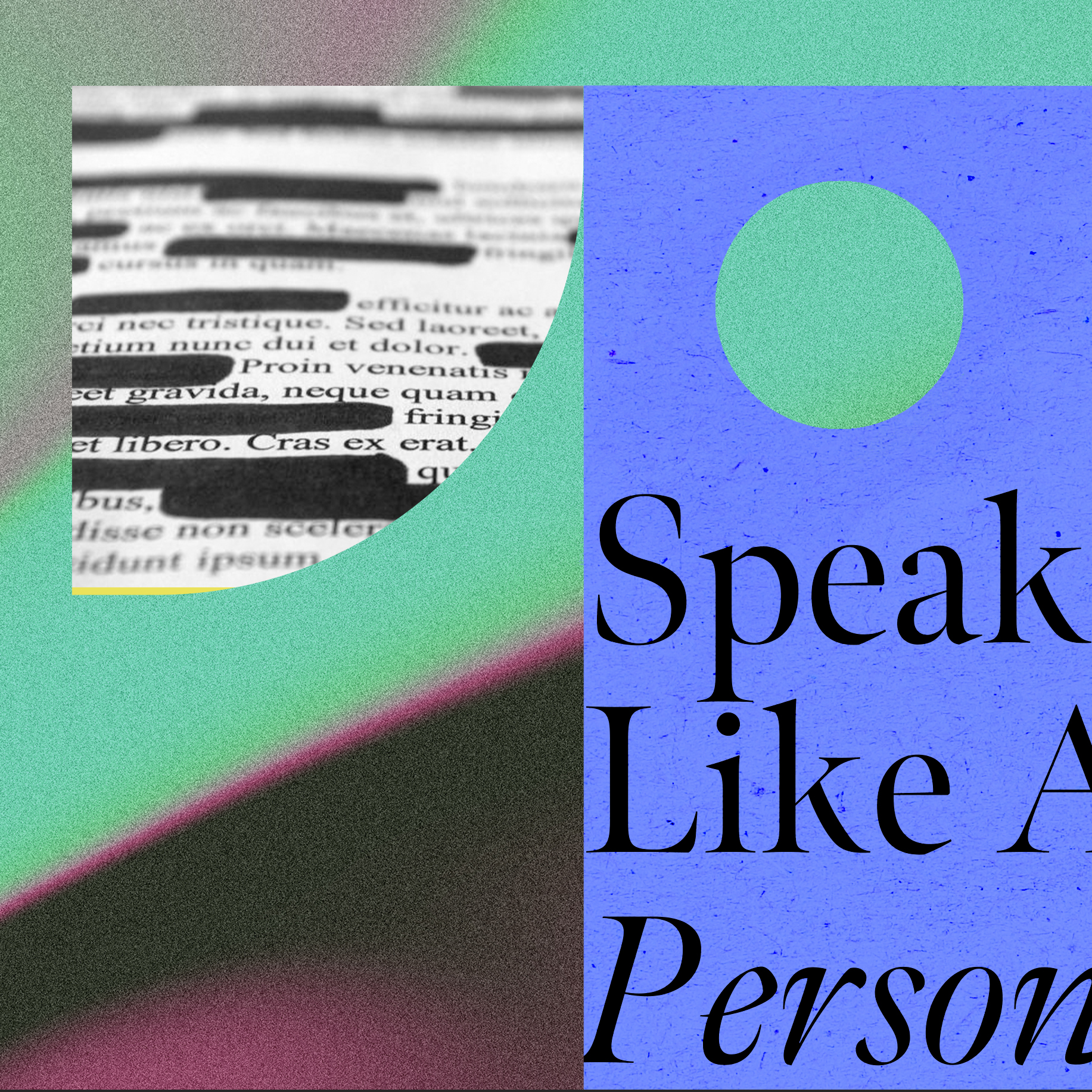Earned media interviews are arguably the most valuable currency in PR. The interest of a journalist and the opportunity to be quoted as a thought leader can be validating for any company, including the PR agency that pitched the story. But securing the interview doesn’t guarantee coverage and rarely results in the heroic feature story that every leader dreams of. Using these tips won’t guarantee it either, but they’ll go a long way in helping you prepare for hard questions, stay on message and disarm and ingratiate a reporter.
Invest in media training
Media training is essentially a crash course in how to do an interview, including how to answer hard-hitting questions and how to prepare for the unexpected. It’s an opportunity to finalize the messages you want to convey and learn how to convey them in a quotable, catchy and memorable way.
Perhaps most importantly, media training teaches executives the art of “bridging” — a verbal control and defense tool. By using phrases like, what’s most important is…, or that’s not my area of expertise, but I think your audience would be interested in knowing…, you can politely steer a reporter away from controversial, uncomfortable or unflattering topics and get back to the messages you want to share.
Come prepared
It’s important to come to a high profile interview feeling confident in your message and armed with data to support any claims you’re making. This preparation, which is often part of media training, will make it harder to throw you off your game plan.
Listen for question “types” and respond accordingly
There are a variety of questions a reporter may ask and you don’t necessarily have to answer them all. Often, an interview will start and end with softball questions like, “What’s new at XX?” and “Is there anything else I should know that I didn’t ask you?” These are invitations to get your message across, so hit it out of the park. And believe it or not, a hardball question can also be an invitation to get your message across if you acknowledge the jab and use the bridging technique to pivot. If the question is unclear or ambiguous, ask for clarification. If it’s an assumptive question, refute it – but do so clearly, kindly, and without letting the negative words come out of your own mouth.
There are also a variety of ways to say “no comment” without actually saying “no comment” if you incorporate bridging into your answer. For instance, use phrases like, “I can’t comment on that directly, but let me tell you…” to re-route the conversation.
Be humble and human
Let your accomplishments speak for themselves while using every opportunity to demonstrate your humanity. Share personal anecdotes and paint a picture about where you were, what you saw and what you felt during the time in question. Don’t school the interviewer by criticizing their questions, and at all costs avoid the condescending phrase, “as I told you before.” Express empathy when discussing other people’s hardships and respond to the interviewer with authenticity, saving corporate jargon for the boardroom. Make eye contact, smile when appropriate and don’t be afraid of silence, which some reporters create intentionally in hopes that you’ll fill it with a stress-induced comment you didn’t plan to say. Be friendly and respectful to the reporter because they’re also humans trying to do their job.
Most importantly, get in or get out, but if you’re in, go all in:
If you agree to an interview, remember, it’s not a deposition. It’s a voluntary agreement to have a recorded conversation about what’s relevant, current and interesting. Will there be hard questions? Yes. If you’re not up for that, politely cancel; otherwise, come prepared.







